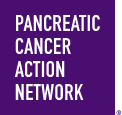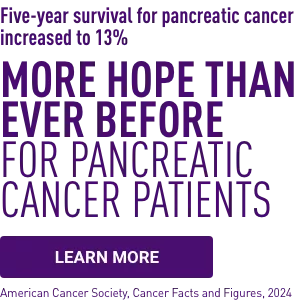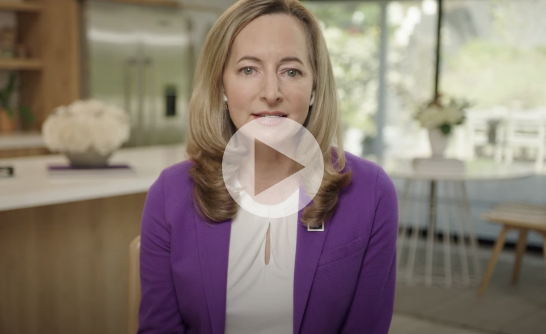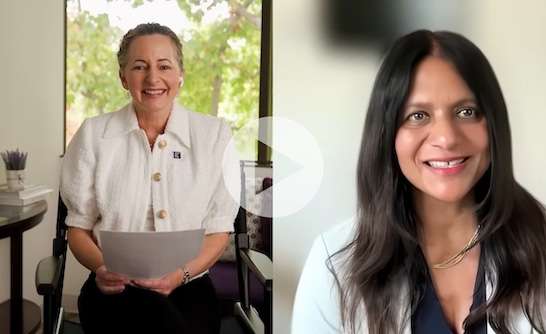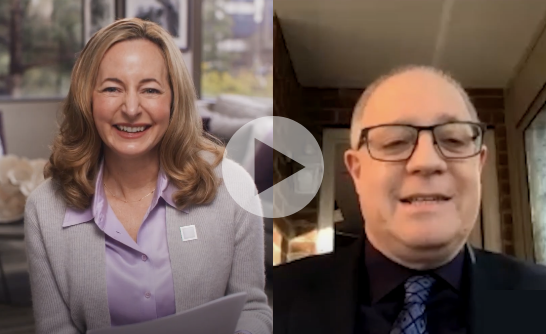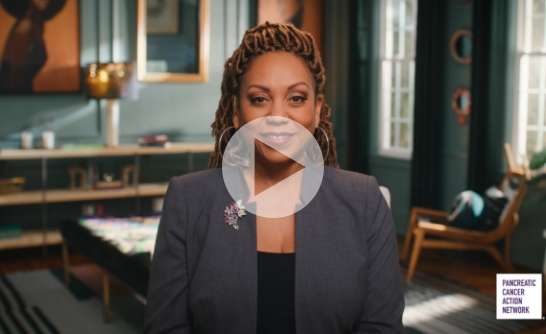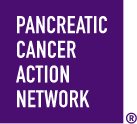Contact PanCAN Patient Services for free, in-depth and personalized resources and information on pancreatic cancer.
ABOUT Pancreatic Cancer
More than 64,000 Americans will be diagnosed with pancreatic cancer this year. Learn more about the disease and how PanCAN can help.
quick links
WHO WE ARE
PanCAN was the first organization dedicated to fighting pancreatic cancer in a comprehensive way. For more than two decades, we’ve grown a nationwide movement tackling the disease from all angles.
Our mission is to take bold action to improve the lives of everyone impacted by pancreatic cancer by advancing scientific research, building community, sharing knowledge and advocating for patients.
About Us
